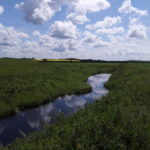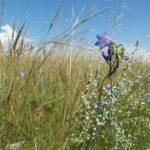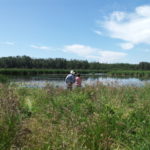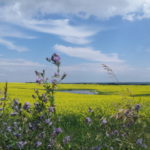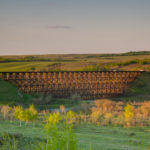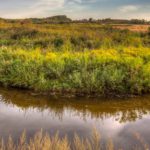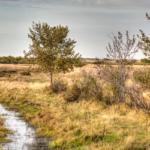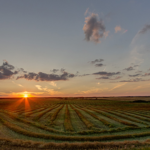Vermilion River Watershed
Overview
A watershed is a piece of land that drains surface water into a larger water body, like a river or lake. This provides water for drinking, farming, industry, leisure, and wildlife.
What is the Vermilion River watershed?
The Vermilion River watershed is located in the Parkland Natural Region of east-central Alberta. It is a rural area dominated by farming and is one of 12 sub-watersheds within the larger North Saskatchewan River (NSR) watershed. It covers 7,860 square kilometres, or 14% of the total NSR basin. It includes all or portions of eight rural municipalities (Beaver, Flagstaff, Lamont, and Camrose Counties, and the Counties of Minburn, Two Hills, Vermilion River, and St. Paul), plus a total of twelve towns, villages, and hamlets. The largest urban municipalities are the Towns of Vegreville and Vermilion. As of 2011, these urban and rural municipalities had a combined population of 56,977 people.
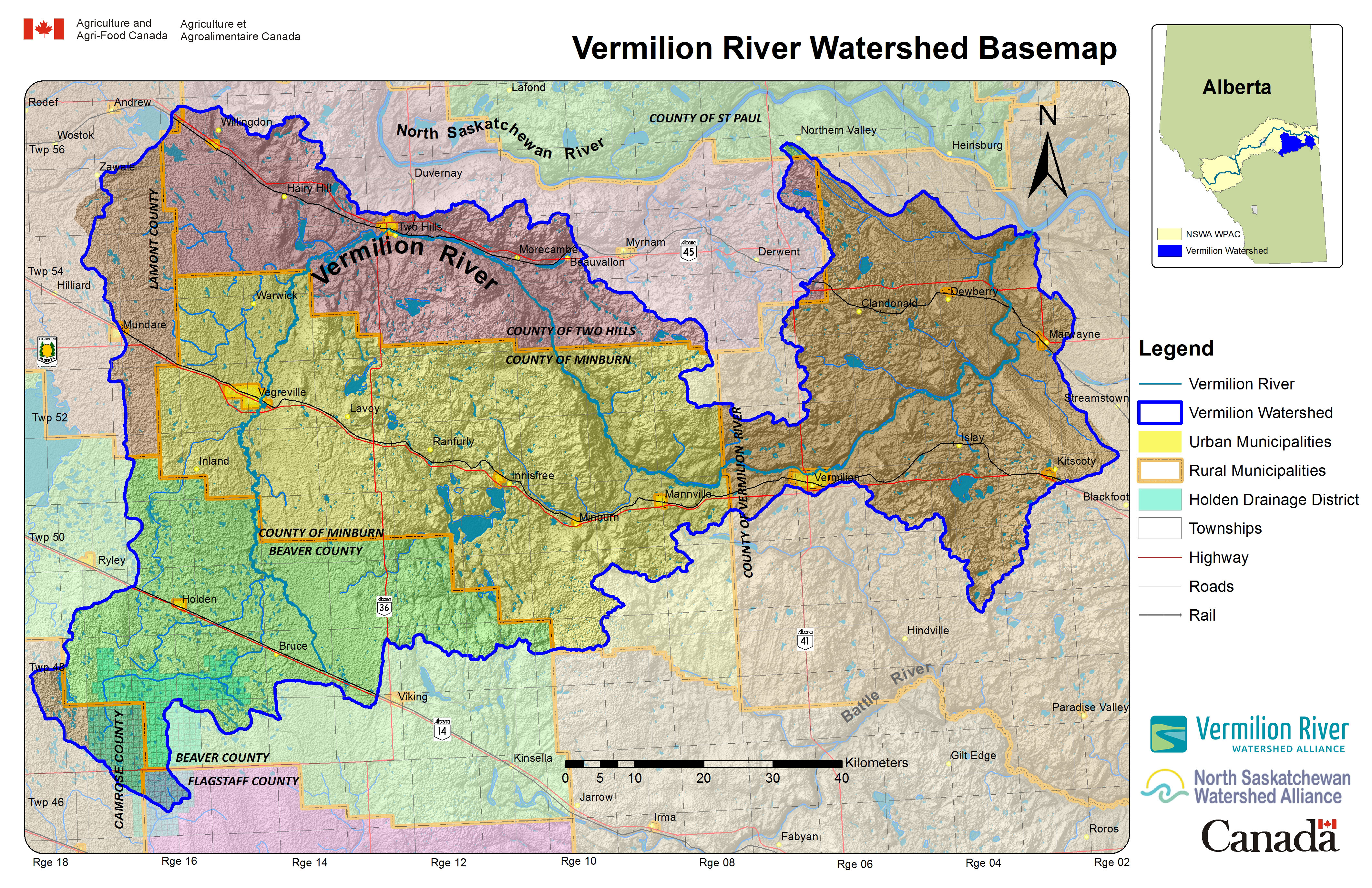 Why is the watershed important?
Why is the watershed important?
As a rural farming community, we know the value of our land and water. For generations we have thrived with the bounty of our natural resources, and we mean to ensure that our children enjoy the benefits of good, clean water and safe, healthy ecosystems. To do so, we must sustain the environment and ecosystems that have sustained us.
What is the state of the watershed?
We know that over the past 100 years the Vermilion River watershed has been greatly altered. Widespread wetland drainage has occurred to aid in farming, transport, and development. To deal with harmful flooding in 1974, the Government of Alberta channeled the Vermilion Lakes and the Vermilion River at Vegreville and installed a water management structure at Morecambe. The structure was designed to drain water from the lakes during times of wet weather and high runoff.
These human changes have altered a number of watershed functions, including the landscape’s ability to store water, recharge groundwater, add to stream base flow, and lessen the severe effects of flooding. As a result, the State of the North Saskatchewan Watershed Report (2005) gave the Vermilion River watershed a subjective rating of “poor.” We also note that major data gaps exist in terms of water quality, surface and groundwater movement, and overall ecology.
Vermilion River Watershed Management Plan (2012)
The Vermilion River Watershed Management Plan is the result of a partner planning initiative between the following organizations.
- North Saskatchewan Watershed Alliance
- Alberta North American Waterfowl Management Plan Partners
- North East Alberta Water Management Coalition
The VRWMP suggests actions that need to be taken to meet the goals of Water for Life: Alberta’s Strategy for Sustainability (2003).
- Safe, secure drinking water
- Healthy aquatic ecosystems
- Reliable quality water supplies for a sustainable economy
Photo Gallery
Credit: Images Alberta Camera Club

